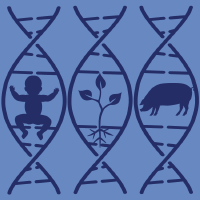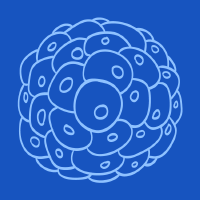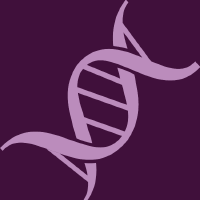Topic Menu
► Topic MenuTopic Editors


Osteoimmunology and Bone Biology
Topic Information
Dear Colleagues,
Traditionally, osteoimmunology investigated the molecular mechanisms underlying bone destruction associated with inflammatory diseases and focused primarily on the role of osteoclasts in bone homeostasis. In recent years, it has become increasingly clear that other pathologic conditions and genetic deficiencies in immunomodulatory molecules also elicit skeletal phenotypes. The advent of OMIC approaches has also revealed that the immune and bone systems share many molecules, including cytokines, chemokines, transcription factors, and signaling molecules and that bone cells reciprocally regulate immune cells and hematopoiesis. Here, we invite the submission of new studies that explore the role of immune cells and immune-cell-derived factors that control, regulate, or influence the function of osteoblasts, osteoclasts, and osteocytes. Similarly, we seek studies where defects in molecules expressed primarily in skeletal cells, or alleles associated with skeletal phenotypes, reciprocally affect the development, persistence, or behavior of immune cells in the bone marrow, or systemically.
Dr. Gabriela Loots
Dr. Jennifer O. Manilay
Topic Editors
Keywords
- osteoimmunology
- bone marrow niche
- hematopoiesis
- high bone mass
- low bone mass
- osteoclast
- osteoblast
- osteocyte
- cytokines
- chemokines
- immune modulation
- osteoarthritis
- osteitis
Participating Journals
| Journal Name | Impact Factor | CiteScore | Launched Year | First Decision (median) | APC |
|---|---|---|---|---|---|

Biology
|
3.6 | 5.7 | 2012 | 16.4 Days | CHF 2700 |

Biomedicines
|
3.9 | 5.2 | 2013 | 14.6 Days | CHF 2600 |

Biomolecules
|
4.8 | 9.4 | 2011 | 18.4 Days | CHF 2700 |

Cells
|
5.1 | 9.9 | 2012 | 17 Days | CHF 2700 |

International Journal of Molecular Sciences
|
4.9 | 8.1 | 2000 | 16.8 Days | CHF 2900 |

Journal of Clinical Medicine
|
3.0 | 5.7 | 2012 | 16 Days | CHF 2600 |

Preprints.org is a multidisciplinary platform offering a preprint service designed to facilitate the early sharing of your research. It supports and empowers your research journey from the very beginning.
MDPI Topics is collaborating with Preprints.org and has established a direct connection between MDPI journals and the platform. Authors are encouraged to take advantage of this opportunity by posting their preprints at Preprints.org prior to publication:
- Share your research immediately: disseminate your ideas prior to publication and establish priority for your work.
- Safeguard your intellectual contribution: Protect your ideas with a time-stamped preprint that serves as proof of your research timeline.
- Boost visibility and impact: Increase the reach and influence of your research by making it accessible to a global audience.
- Gain early feedback: Receive valuable input and insights from peers before submitting to a journal.
- Ensure broad indexing: Web of Science (Preprint Citation Index), Google Scholar, Crossref, SHARE, PrePubMed, Scilit and Europe PMC.

